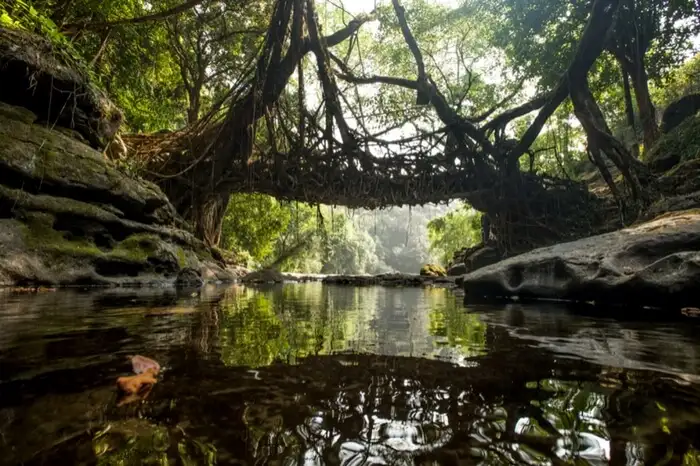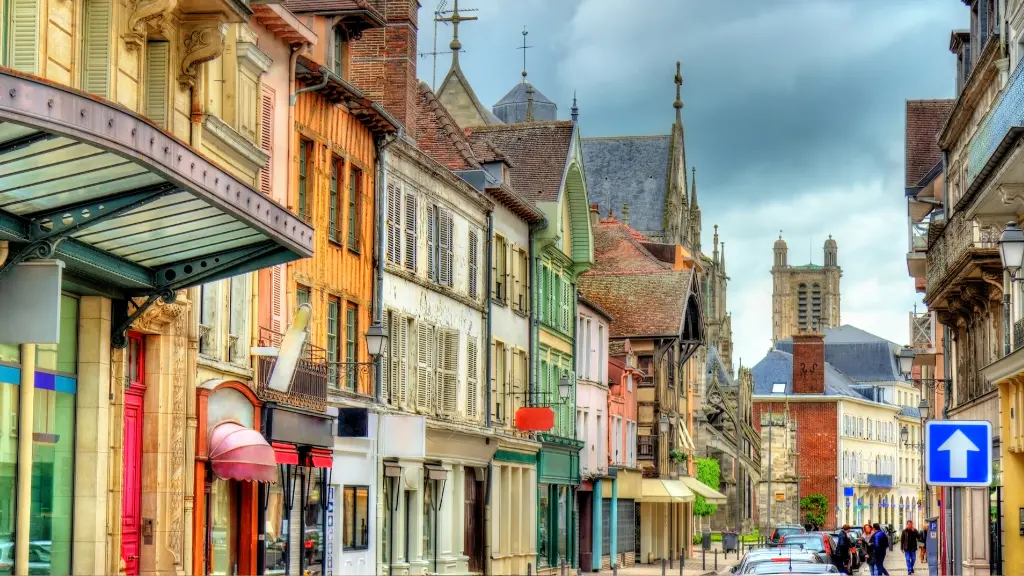Deep in the lush forests of Meghalaya, India, lies a natural wonder that has fascinated travelers and scientists alike – the living root bridges.
These ancient, sprawling structures, crafted by the ingenious hands of nature, have been a vital part of the region’s ecosystem for centuries.
In this article, we delve into the mystique of these incredible bridges, exploring their history, significance, and the science behind their remarkable existence.
History and Significance
The living root bridges of Meghalaya are believed to be over 500 years old, dating back to the 16th century. These natural wonders were first created by the local Khasi people, who recognized the potential of the rubber tree’s (Ficus elastica) extensive root system.
By training the roots to grow across rivers and streams, they created stable, durable bridges that could withstand the harsh monsoon seasons.
Science Behind the Bridges
The living root bridges are a testament to the incredible adaptability and resilience of nature. The rubber tree’s root system, which can stretch up to 100 feet, is the key to these structures’ stability.
Over time, the roots grow and intertwine, forming a sturdy, self-sustaining bridge. This remarkable process is facilitated by the region’s unique climate, with high rainfall and humidity allowing the roots to thrive.
Exploring the Bridges
The living root bridges can be found in various locations throughout Meghalaya, with the most famous being the Double Decker Bridge in Cherrapunji.
This incredible structure, spanning over 50 feet, is a marvel of natural engineering. Visitors can walk across the bridges, taking in the breathtaking views of the surrounding forests and waterways.
Preservation and Conservation
As the popularity of the living root bridges grows, so does the need for preservation and conservation efforts. The Meghalaya government, along with local organizations, is working to protect these natural wonders from damage and degradation.
Visitors are encouraged to respect the bridges and their surroundings, ensuring the long-term sustainability of these incredible structures.
Conclusion
The living root bridges of Meghalaya are a true marvel of nature’s engineering, showcasing the incredible adaptability and resilience of the natural world.
These ancient structures, steeped in history and significance, are a must-visit destination for anyone interested in exploring the wonders of our planet.
By preserving and conserving these natural wonders, we can ensure their continued existence for generations to come.










